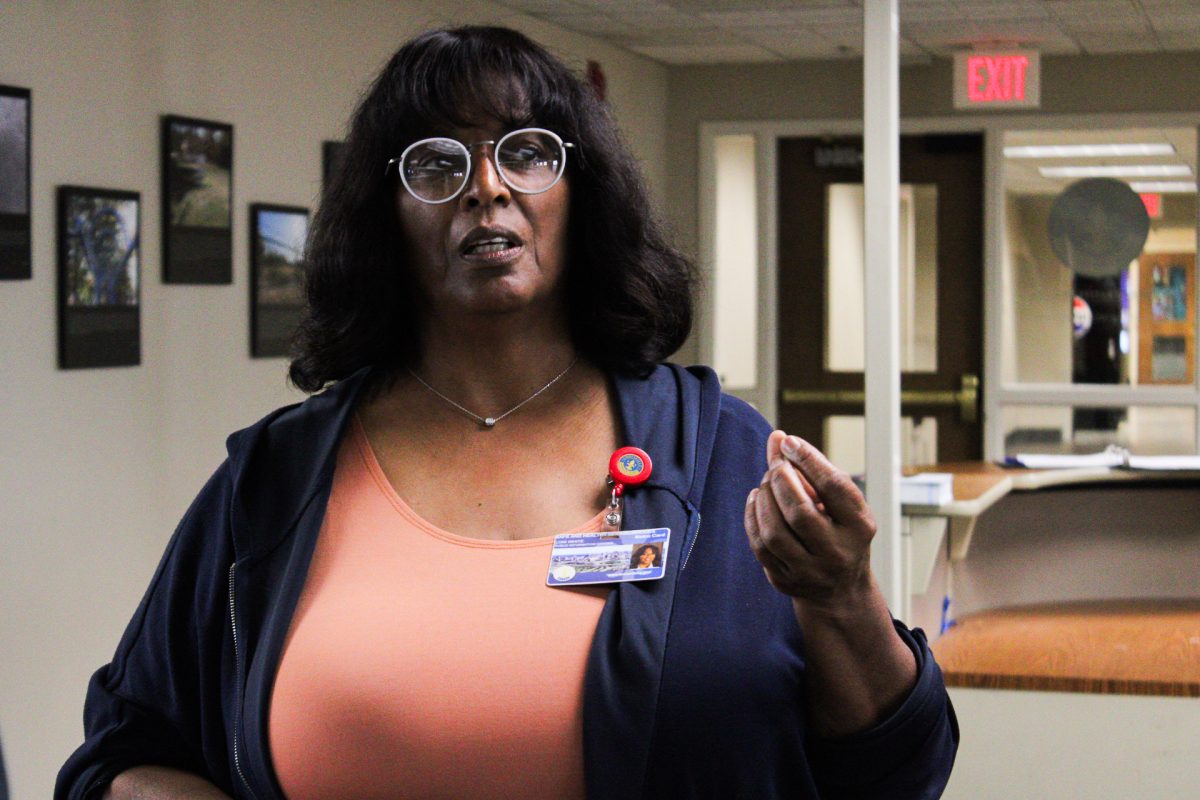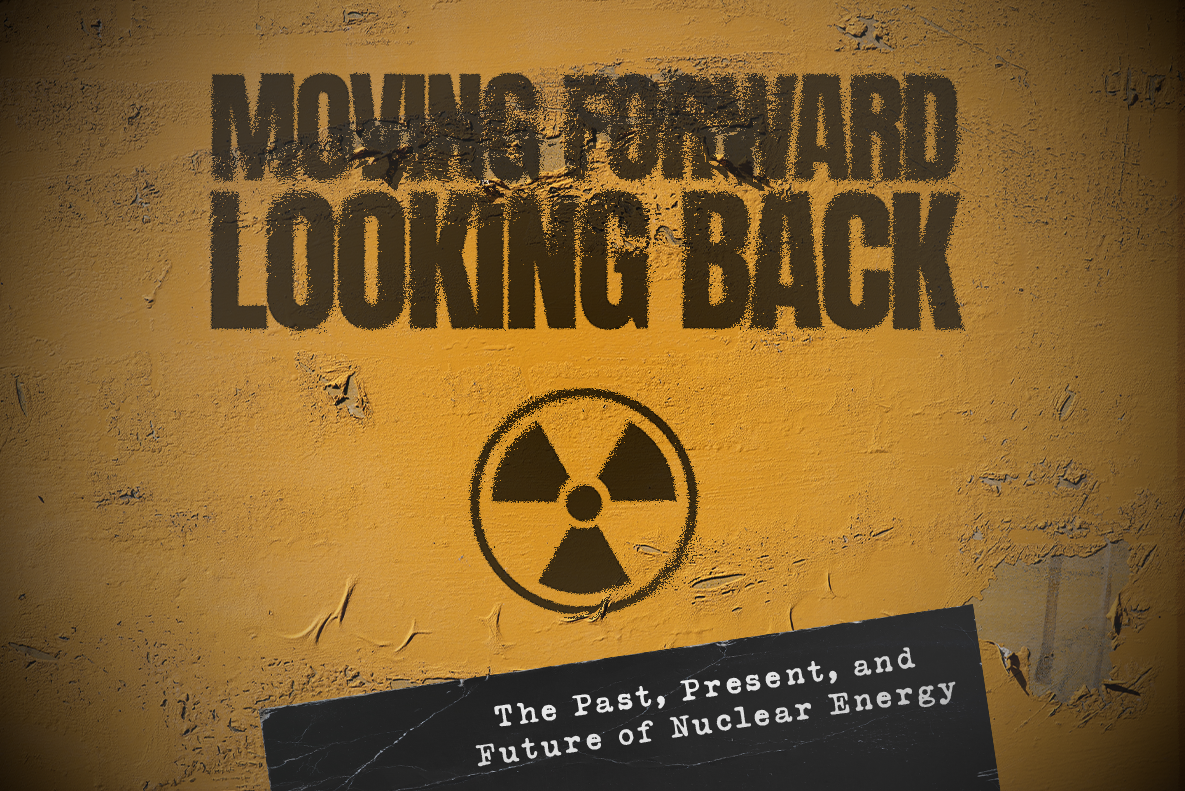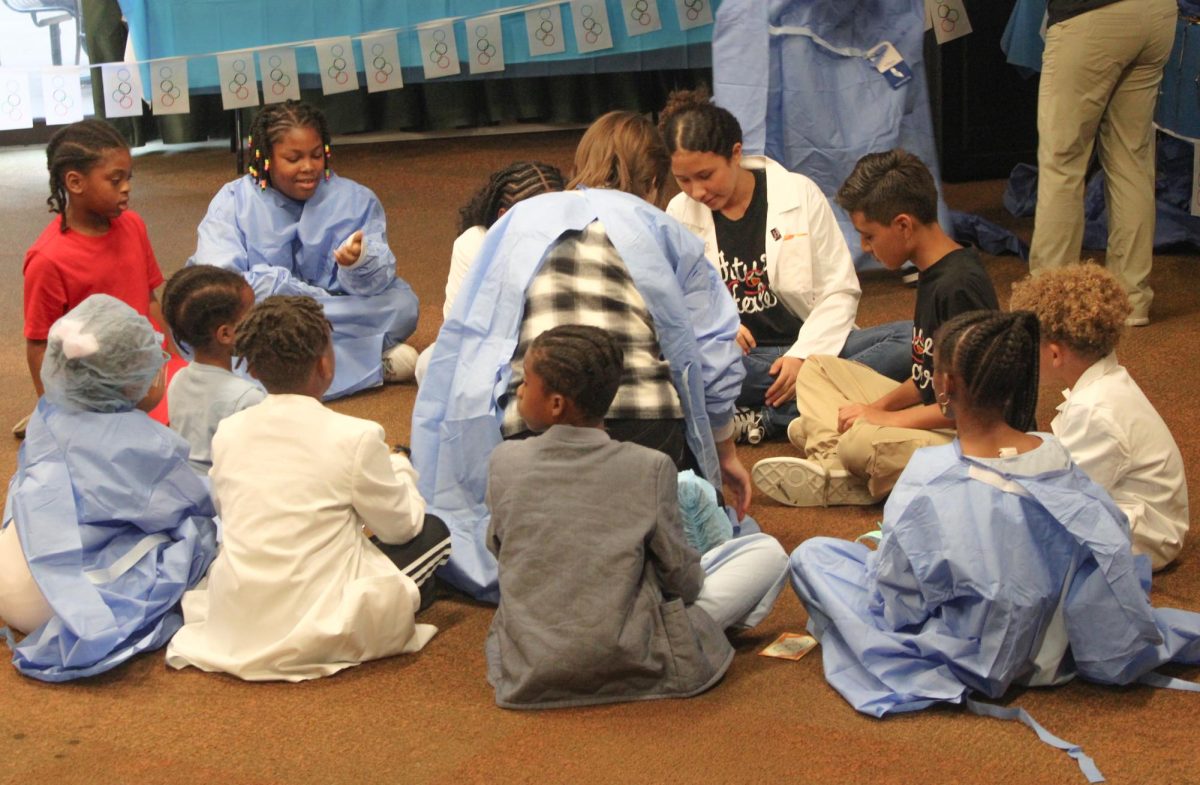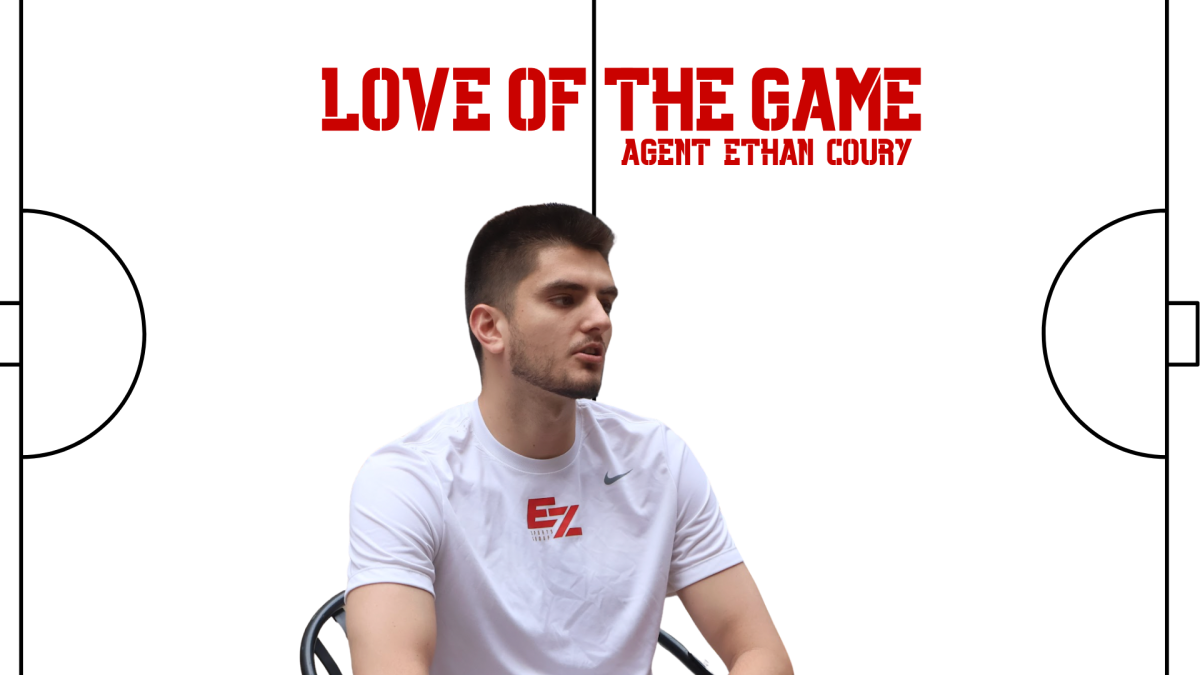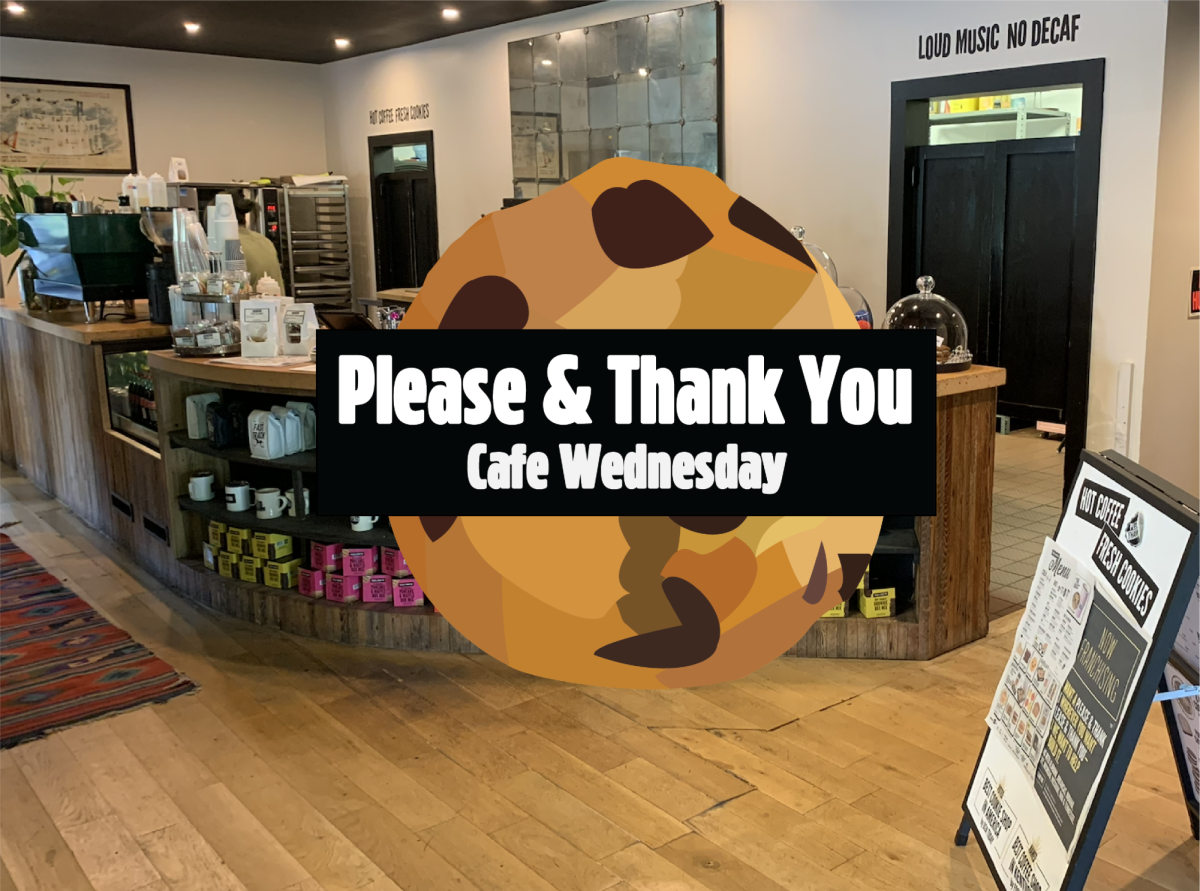In recent years, Louisville has struggled with youth violence. Teenagers, often struggling to navigate the pressures of their environment or caught in the crossfire of their peers, are increasingly becoming both the perpetrators and victims of these crimes.
As the violence escalates, the Louisville community is left searching for answers. For many, the solution relies on prevention – intervening before a young person picks up a gun or offering support before the cycle of violence takes hold. But, as the city’s youth continue to face these challenges, the question remains: can the efforts to curb this violence keep up with its alarming rise?
A study from the Office of Juvenile and Delinquency Prevention found that youth who have already been exposed to gun violence are 23 times more likely to die from it than anyone else. Additionally, in 2024, the age demographic with the highest number of non-fatal shootings in Louisville were 18 to 24-year-olds.
This past year, Mayor Craig Greenburg and the Louisville Metro Council approved the $1.1 billion budget for 2024-25. Greenberg explained that these changes were part of an effort to “lead Louisville in a new direction, toward a safer, stronger, and healthier future for everyone.”
Pre-kindergarten funding and the police department saw increases, while the Office of Safe and Healthy Neighborhoods (OSHN) saw the biggest cut of 18% — more than $1.5 million.
OSHN, an organization created by former Mayor Greg Fischer, aims to prevent Louisville youth from committing violent crimes with firearms.
In a budget designed to tackle crime, it’s striking that the programs focused on prevention are the ones facing the deepest cuts. While there is an emphasis on expanding police resources and early childhood education, the crucial work done by OSHN is being weakened. This move highlights the challenge of balancing immediate crime response with long-term strategies aimed at addressing the root causes of violence.
Loni White, the public information officer for OSHN, explained that they take a public health approach, focusing on the root of the problem, rather than the actual violent event. The group offers four divisions focusing on prevention.
“Each division is a broad sweep on every kind of aspect that is related to public health regarding gun violence,” White said.
The branches offered include the Trauma Resilience Community Division, Youth Engagement Services, Pivot to Peace Louisville (PTPL) and the Reimagine Network.
For Laniya Richardson, 19, PTPL catered directly to her needs. PTPL is a direct street outreach that puts vulnerable adolescents into case management to focus on their short and long-term needs.
“I find myself out of work due to becoming a victim of gun violence,” Richardson wrote in Amplify 502 about her experience with gun violence and OSHN. “The trauma of the incident lingered, and for a while, I was apprehensive about venturing outside.”
With the availability of free mental health care and services for Richardson, PTPL has instilled in her a constant determination to share her story and follow her dream of becoming a nurse.
Like Richardson, Terius Campbell, 17, has utilized OSHN’s resources amid his struggles.
“I have endured significant challenges: losing my papa and best friend at the age of six, moving to Louisville and witnessing a lifeless body on the ground at just nine years old,” Campbell wrote in Amplify 502. “I thought there couldn’t be worse horrors than that.”
Recovery was difficult for Campbell, but OSHN was able to provide the support, guidance and care needed to help regain his strength.
As OSHN envisioned a safer future for the city, they constructed a team of 26 young Louisville residents, all ranging in age from 16- to 24-years-old, called the Louisville Metro Youth Cabinet (LMYC). Each resident represents a Louisville district, broadening the scope of youth leadership in city government by discussing policy issues that impact them. They report to the mayor, Metro Council members and OSHN staff about youth issues.
Zion Smith, 23, represents Old Louisville, Iroquois Park and St. Joseph, and strives to create a better future for underserved youth in the city.
“I grew up homeless majority of my life until I actually went to college,” Smith said. “I’m glad I went through the process, through that experience because I get to see how not only it transformed me, but seeing other people through that same process too.”
Smith is determined to create pathways for others, believing that local support and policy change can help break the cycle of violence that so many youth are entangled in.
“I do a lot of work in advocacy — community-based — but also some policy work,” Smith said. “You typically find me in different meetings with the mayor, the governor, congressional members and so forth.”
This work is displayed by voicing concerns to local government officials about issues that primarily involve youth. For example, Smith mentioned to members of OSHN and Metro Council representatives that budget cuts to OSHN would potentially impact LMYC.
“I have a stake in this too,” Smith said. “When it comes to elected officials who are in campaign mode, the youth voice matters and they also have a vote behind it.”
The youth of Louisville are not just bystanders in the fight against violence — they are leaders. Through LMYC, young people are stepping up to influence local policy, drawing attention to the issues that affect them most. Their voices not only inspire their peers but also hold elected officials accountable for creating a safer, more just city.
This change in treasury is contradictory to Greenburg’s support for Fischer’s proactive measures to curb gun violence, rather than reactive measures, like the police.
Although it is too early to calculate the impact of budget cuts of OSHN’s cut on the city, their methods to curtail gun violence may be halted.
The rise in youth violence in Louisville underscores the urgency of finding lasting solutions. While the 2024-25 budget increases funding for law enforcement and early education, the significant cuts to OSHN may undermine the very programs that prevent violence before it starts.
OSHN’s work is crucial for breaking the cycle of crime that affects so many young lives. With less funding, these programs could struggle to maintain their impact, leaving the city with fewer tools to address the deep-seated issues driving youth violence. As Louisville continues its fight for safer streets, it’s clear that prevention must remain a top priority, or the cycle of violence may only grow more entrenched.



